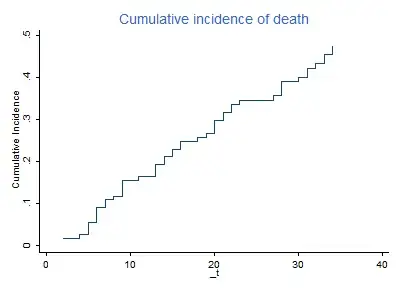Fisher suggested the 0.05 level indirectly. He mentioned that two standard deviations is an easy rule for significance, and the 0.05 level is what approximately corresponds to it.
From Fisher's 1925 'Statistical methods for research workers'
If, therefore, we know the standard deviation of a population, we can calculate the standard deviation of the mean of a random sample of any size, and so test whether or not it differs significantly from any fixed value. If the difference is many times greater than the standard error, it is certainly significant, and it is a convenient convention to take twice the standard error as the limit of significance ; this is roughly equivalent to the corresponding limit $P=.05$, already used for the $\chi^2$ distribution.
He mentions as well that this level is already used. This refers to Pearson's chi squared test. In the same book he writes about the construction of a table for the values of the $\chi^2$ distribution
we have not reprinted Elderton's table, but have given a new table (Table III. p. 98) in a form which experience has shown to be more convenient. Instead of giving the values of $P$ corresponding to an arbitrary series of values of $\chi^2$, we have given the values of $\chi^2$ corresponding to specially selected values of $P$. We have thus been able in a compact form to cover those parts of the distributions which have hitherto not been available, namely, the values of $\chi^2$ less than unity, which frequently occur for small values of $n$, and the values exceeding $30$, which for larger values of $n$ become of importance.
...
In preparing this table we have borne in mind that in practice we do not want to know the exact value of $P$ for any observed $\chi^2$, but, in the first place, whether or not the observed value is open to suspicion. If $P$ is between $.1$ and $.9$ there is certainly no reason to suspect the hypothesis tested. If it is below $.02$ it is strongly indicated that the hypothesis fails to account for the whole of the facts. We shall not often be astray if we draw a conventional line at $.05$, and consider that higher values of $\chi^2$ indicate a real discrepancy.
So the .05 level stems from two types of convenience.
- It relates to the 68-97.5-99.7 rule and the 2 sigma value.
- And it relates to the lack of computers in the old days and the need to find values for distributions from tables. To make these tables easier, Fisher thought it would be better to give $\chi^2$ as function of $p$ instead of the other way around. So convenient levels needed to be chosen to construct those new type of tables.
